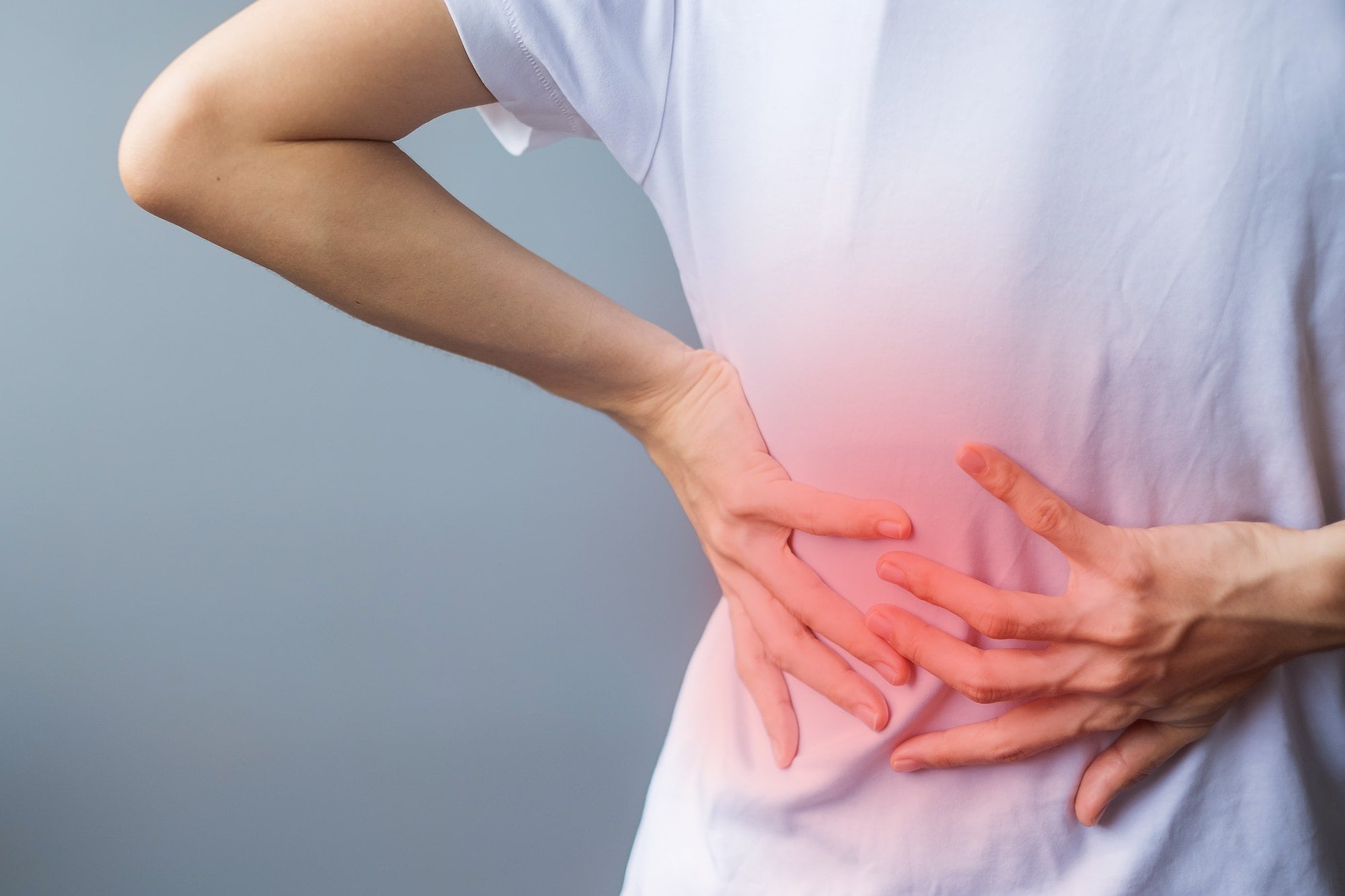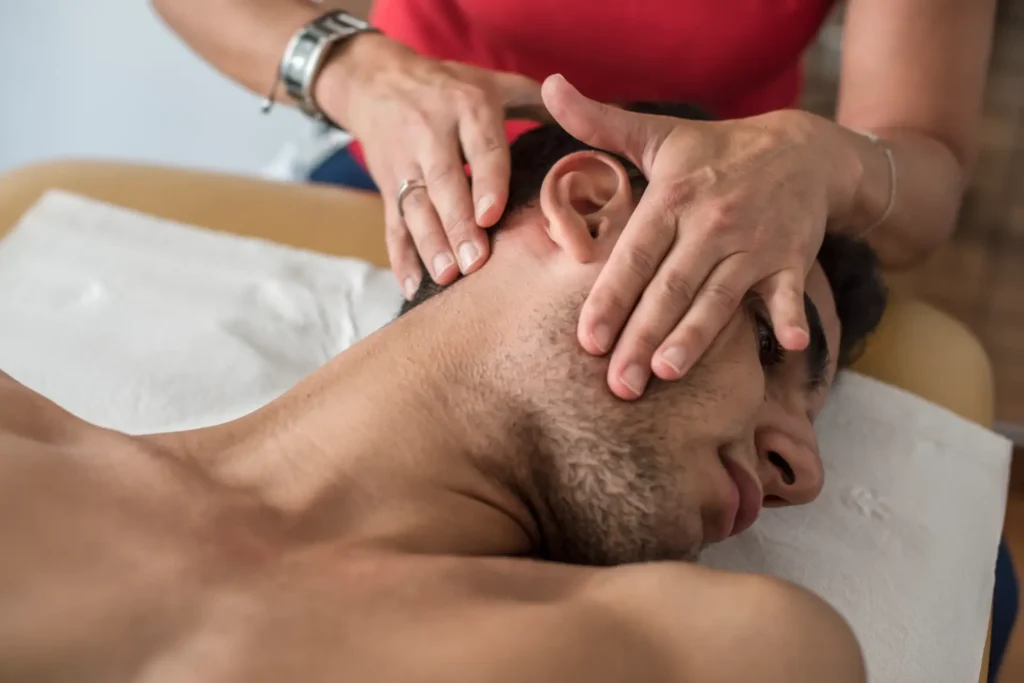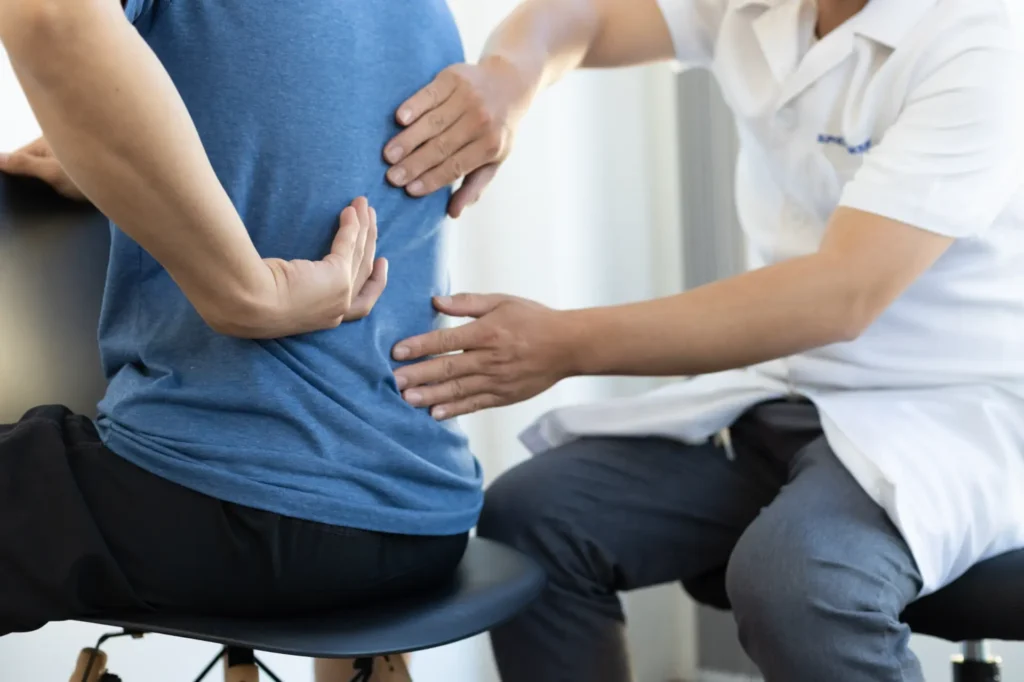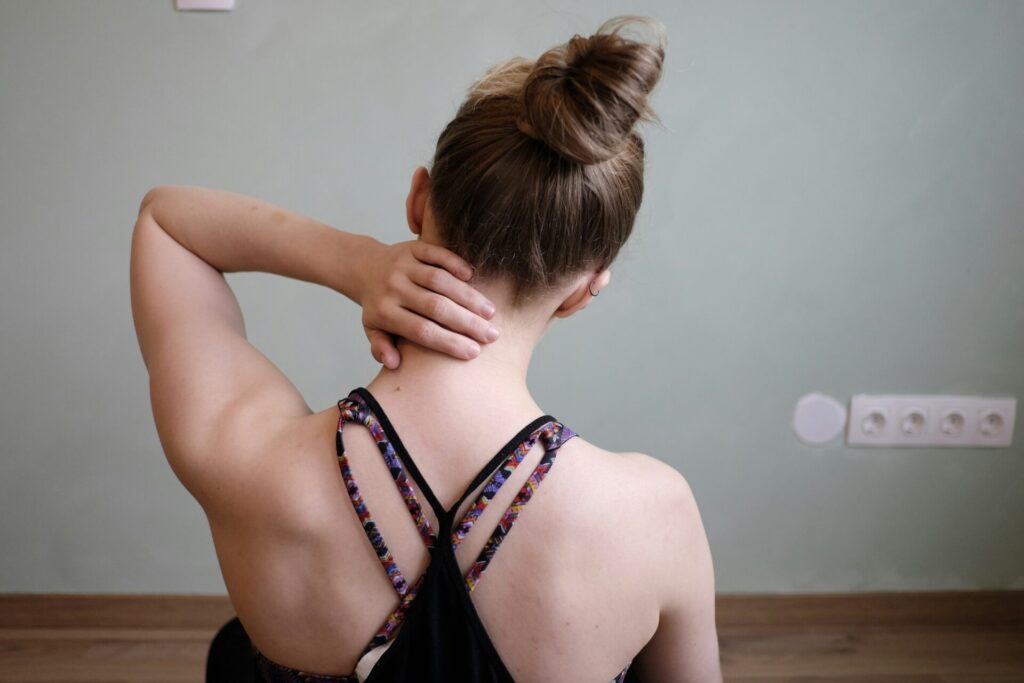As chiropractors, we see many patients who are suffering from lower back pain. Whether it’s from poor posture, weak core muscles, overuse, or spinal conditions, lower back pain can be incredibly frustrating and debilitating. However, there are several alignment and posture tips that can help alleviate lower back pain and prevent future injuries. In this blog post, I will share my expert advice on how to improve your alignment and posture to help alleviate lower back pain.
Understanding Lower Back Pain
Before we dive into alignment and posture tips, let’s first understand what causes lower back pain. Lower back pain can be caused by several factors, including poor posture, weak core muscles, overuse, and spinal conditions such as herniated discs. Poor posture, in particular, can put excessive strain on the lower back muscles, leading to discomfort and pain.
One of the main culprits of poor posture is sitting. When we sit, we tend to slouch or lean forward, which can place added pressure on the lower back muscles. Weak core muscles can also contribute to poor posture, as they are responsible for supporting the spine and maintaining proper alignment.
Improving Alignment for Lower Back Pain Relief
Proper alignment is critical for relieving lower back pain. Good alignment helps distribute weight evenly across the body, reduces muscle strain, and supports the spine. Here are some tips for improving your alignment:
- Stand Tall: When standing, distribute your weight evenly on both feet, and engage your core muscles to support your spine. Avoid slouching or leaning to one side, which can put excess strain on the lower back muscles.
- Sit Correctly: When sitting, sit with your back straight, and your feet flat on the floor. Use a chair with proper lumbar support to prevent slouching. Avoid crossing your legs, as this can cause hip and back imbalances.
- Sleep Well: Choose a mattress and pillow that support your spine and keep your neck in a neutral position. Avoid sleeping on your stomach, as this can put stress on the lower back and neck.
Posture Tips for Lower Back Pain Relief
In addition to proper alignment, good posture is essential for relieving lower back pain. Poor posture can lead to muscle imbalances and strain on the muscles of the lower back. Here are some tips for improving your posture:
- Engage Your Core: Strong core muscles can help support your spine and prevent excessive strain on the lower back. Incorporate exercises such as planks, crunches, and bird dogs into your routine.
- Stretch Regularly: Tight muscles can contribute to poor posture and lower back pain. Incorporate stretches such as the seated hamstring stretch and the spinal twist into your routine to maintain flexibility.
- Take Breaks: If you spend a lot of time sitting or standing, take regular breaks to stretch and move around. This can help prevent muscle fatigue and stiffness.
Additional Techniques for Lower Back Pain Relief
In addition to alignment and posture tips, there are several other techniques that can be helpful for relieving lower back pain. Here are a few:
- Heat and Cold Therapy: Applying heat or cold to the affected area can help reduce inflammation and alleviate pain. Use a heating pad or ice pack for 20 minutes at a time, several times a day.
- Massage Therapy: Massage can help release tension in the muscles of the lower back and improve circulation. Consider getting regular massages or using a foam roller to self-massage at home.
- Chiropractic Care: Chiropractic adjustments can help improve alignment and alleviate lower back pain. Consider seeing a chiropractor for a personalized treatment plan.
- Yoga and Pilates: Yoga and Pilates are both great options for improving flexibility, strengthening core muscles, and reducing stress. These exercises can also help improve posture and alleviate lower back pain.
- Physical Therapy: A physical therapist can work with you to develop a personalized exercise program that targets your specific lower back pain. They can also provide manual therapy, such as massage or mobilization, to alleviate pain and improve function.
Incorporating these techniques into your daily routine can help alleviate lower back pain and prevent future injuries.
How to Prevent Lower Back Pain
While there are many effective ways to alleviate lower back pain, prevention is always the best approach. Here are some tips to help prevent lower back pain:
- Exercise regularly: Regular exercise can help strengthen core muscles and improve flexibility, both of which are crucial for maintaining good posture and alignment.
- Maintain a healthy weight: Carrying excess weight can put added strain on the lower back muscles. Maintaining a healthy weight can help reduce the risk of lower back pain.
- Practice good posture: Good posture is key to preventing lower back pain. Avoid slouching, and sit and stand with your spine straight and shoulders back.
- Lift properly: When lifting heavy objects, use proper lifting techniques to avoid straining the lower back muscles.
- Stay hydrated: Drinking plenty of water can help keep the muscles and joints in the lower back lubricated and functioning properly.
Lower back pain is a common condition that can have a significant impact on daily life. However, there are several alignment and posture tips that can help relieve lower back pain and prevent future injuries. Incorporating these tips and techniques into your daily routine can help alleviate pain and promote a healthy, pain-free lower back. If you are experiencing chronic or severe lower back pain, it’s important to seek professional help from a chiropractor or healthcare provider. With the right treatment and self-care, you can get back to living a pain-free life.




